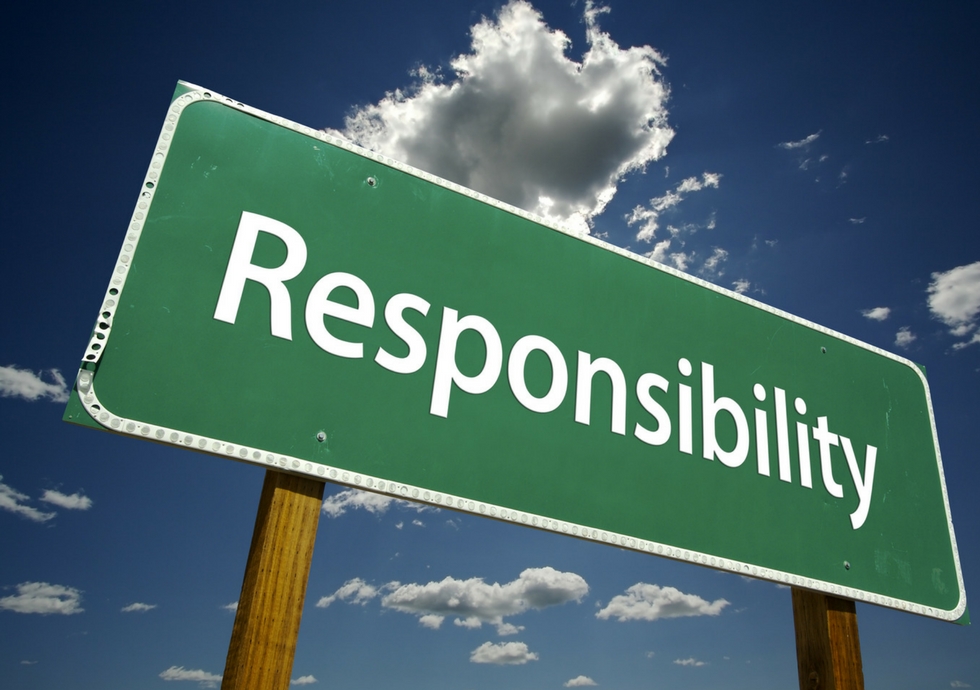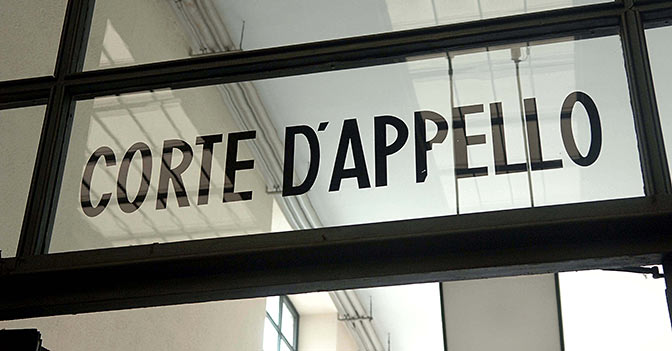WCAM: The Dutch Collective Settlement Act
1. Introduction
In 2005 the Netherlands adopted the Dutch Collective Settlement Act, also known as WCAM model,[1] which offers an interesting solution in the field of collective redress. Such model provides a framework for cases where the defendant concedes liability and is already willing to settle. Thus, it is inoperable to raise recovery claims.[2] On the other hand, however, it offers a great tool to grant enforcement and recognition of settlements in large group disputes, from an international perspective as well.[3]
The way the WCAM mechanism works is as simple as effective and efficient.
2. The agreement to settle
First, for its application, it necessitates an agreement. Whether the agreement is obtained through litigation or alternative dispute resolution mechanisms, such as arbitration, mediation or negotiation is not relevant.[4] The parties to this agreement need to be, on one hand, the tortfeasor, that is the defendant now ready to provide compensation, and, on the other hand, one or more social organizations representing the victims. Such entities may be representative associations, foundations or even specifically-set “claim vehicles”.[5]
3. The Amsterdam court of appeals
Once they reach an agreement, both parties’ interests align and now have a common goal: the court’s approval, for which they apply jointly.[6] The competence always pertains to the Amsterdam Court of Appeals.[7]
4. The requirements
The court should start by assessing that the associations or foundations representing the (purported) victims are sufficiently representative of their interests and that the group of persons on whose behalf the agreement was concluded is large enough to justify a binding declaration. Moreover, the court will verify that there is a precise description of the group and of the conditions to meet in order to be considered part of it, with the most accurate possible indication of the numbers of persons belonging to it. With regards to compensation, the court will make sure that, on one side, there is a clear subdivision between the group members on the basis of the so-called “damage scheduling”, that is “the customization of compensation for different categories of injured parties”,[8] due to the different circumstances of their incurred damage and, on the other, that the amount of compensation contractually awarded is sufficiently “reasonable”. To this regard, the Amsterdam Court has clarified that the mere fact that the agreement does not provide for full compensation, or for the higher amount preferred by the complainants, cannot give rise to the conclusion that said agreed amounts are not fair.[9] Additionally, the simplicity and speed by which it will be awarded, together with the possible causes of damage, will be taken into consideration by the Court when deciding on the application. Other necessary requirements are sufficient security lodged from the purported tortfeasor in order to pay the contractually agreed amounts, the provision of an independent dispute resolution method for any issue which may arise from the agreement and, finally, the opportunity for the represented purported victims to be heard on their request. Consequently, as to the last requirement, it is fundamental that all those persons whose interests are at stake are properly notified,[10] so that they may decide to join the proceedings before the court and provide input on the settlement which is sought to declare binding. This way, the fundamental right to access to a court established by law, the right to a fair and public hearing and the essential principle of party autonomy will be safeguarded.[11]
5. The opt-out period
Last, once the court eventually grants application, the agreement is binding on the entire group of victims referred to in the contract between the tortfeasor and the social organization(s), unless said purported victims declare that they do not wish to be bound by the contract, by means of a written or e-mail notification to the address provided therein. Said opt-out from group members should occur within the time set by the Court, which, in any case, cannot be shorter than three months from the final approval of the settlement agreement.[12] This option is fundamental, since it allows all group members to freely pursue their claims autonomously without any res judicata effect, should they not be satisfied with the approved agreement and, hence, preserves the fairness of the process. The tortfeasor, on the other hand, can protect itself by inserting in the settlement contract a condition as to the percentage of purported victims who may opt-out.[13] This way, despite committing themselves to provide compensation, they are entitled to terminate the contract should the agreement fail to cover enough victims at the end of the opt-out period.[14]
6. Pros
In light of all the aforementioned features, the WCAM mechanism is regarded by different authors as an attractive model for a future reform of collective proceedings at both European and international level.[15] In particular, the present Dutch system offers a valuable tool for enforcing binding settlements abroad. This stands on the ground that courts in other Member States are in theory bound by each other’s binding declarations, in view of the principle of mutual trust and equivalence of the courts of other Member States, as recognized by the CJEU in 2003 in the abovementioned “Gasser Case”.[16] Therefore, being the Netherlands a Member State of the European Union, the Amsterdam Court of Appeals’ approvals of contractual settlements should be recognized by all other EU Member States, as well as Switzerland, Iceland and Norway under the Lugano Convention.
Moreover, as to the issue of jurisdiction, the Court assumed it not only with regards to the interested parties domiciled in the Netherlands, on the basis of Art. 4 from the Brussels I Recast Regulation,[17] but also with those domiciled in the EU, in Switzerland, Iceand or Norway, on the basis of Art. 8 from the Brussels I Recast Regulation and Art. 6 of the Lugano Convention,[18] and, more particularly, even with those domiciled in other foreign countries on the basis of Art. 3 of the Dutch Code of Civil Procedure (DCCP), which declares that Dutch courts have jurisdiction if at least one of the parties requesting the binding declaration or one of the defendants is domiciled in the Netherlands. Therefore, even though there may be hardly any substantive connection between the case and the Netherlands, the courts would still have jurisdiction as long as the minor formal link to the country is present.[19] Transposed in practice, this formal requirement can always and rather easily be met. In fact, among the petitioners, the associations and foundations representing the interested persons may be entities created for the occasion under Dutch law.[20] It would, hence, suffice that one of them is created specifically before the application to the court.
As already shown by the first cases,[21] the WCAM has therefore the potential for playing a key role in facilitating international settlements and the related enforcements, while Amsterdam and the Netherlands may serve as “an entrance gate” to the EU for U.S. class action settlements as well.[22] This trend was emphasized by a U.S. Supreme Court decision from 2010, “Morrison v. National Australia Bank Ltd”,[23] which invalidated class actions brought in the US on behalf of foreign class members, thus leaving room, instead, for the WCAM to propose itself as the ideal “settlement hub” for global mass cases involving class members from different countries.[24]
7. Potential challenges
Despite these potentially major benefits, three possibly challenging elements can, nonetheless, be assessed in relation to the WCAM device.
The first refers to the terminology of Art. 39[25] of the Brussels I Recast Regulation, which employs the word “judgment” and has, therefore, raised concerns on whether the binding decisions from the Amsterdam Court of Appeals confirming a settlement agreement under the WCAM may fall under this category.[26] It has, however, been noted that a “judgment on a point of controversy” will nonetheless be rendered by the Amsterdam Court anytime an interested party should file a defence against the application for a binding declaration of the settlement agreement,[27] thus providing a “substantial participation by the courts”.[28]
The second issue is more complex and concerns the fact that, in countries other than the EU, Switzerland, Iceland and Norway, recognition and enforcement of the WCAM’s binding declarations will be conditioned to the existence of a treaty, providing for an arrangement on that matter, between the Netherlands (or the EU) and the State in which they are sought. At the moment, such a treaty – which could be the new 2019 Hague Convention – does not exist between the Netherlands and the U.S., for example,[29] hence limiting the potential effectiveness of the tool.
Last, it must be acknowledged that the basis for the operability of the WCAM device will always remain the joint application from both the victims’ representative entities, on one side, and the large corporations purported tortfeasors, on the other. To this regard, the recent introduction of the option of a pretrial hearing and of the opportunity of asking pre-judicial questions to the Dutch Supreme Court may certainly contribute to favour out-of-court settlement.[30]
[1] “Wet Collectieve Afwikkeling Massaschade”, the Dutch name of the act, which entered into force on the 27th, July 2005, whose translation would be “Dutch Collective Settlement Act”.
[2] Nagy C. I., supra.
[3] Van Zelst B. (2018). Class Action and Arbitration: Alternative Approaches Based on the (Ever Evolving) Dutch Experiences With Collective Redress, Journal of International Arbitration, 35, no. 2, p. 210
[4] Biliett, P., Collective Redress and Class Arbitration in the EU, 5/A, in Class and Group Actions in Arbitration (2016).
[5] De Bie Leuveling Tjeenk J., Horeman D. (2020). International Class Action Settlements in the Netherlands: Class and Group Actions 2020, ICGL.com, <https://iclg.com/practice-areas/class-and-group-actions-laws-and-regulations/2-international-class-action-settlements-in-the-netherlands>.
[6] Van Zelst B., supra.
[7] Krans B. (2014). The Dutch Act on Collective Settlement of Mass Damages, Global Business & Development Law Journal, 27.
[8] Van Zelst B., supra.
[9] Krans B., p. 293 (2014); in the “Dexia Bank Case”, from 2007, the Court established that the settlement agreement is the outcome of negotiations and situations of uncertainty, hence it is only normal to expect concessions from both parties; in the “Shell Case”, from 2009, instead, the Court took the uncertainty of the outcome of individual proceedings into account in its decision on the fairness of the agreed amounts.
[10] Van Zelst B., p. 210 (2018). In particular, normal post or, if otherwise decided, e-mails are deemed sufficient means of notice [“Foundation Vie D’Or Case” from 2009]. Moreover, it is accepted that websites can play a role in raising public knowledge on the matter and the publication on one or more newspapers appointed by the Court is considered essential to reach those potential victims whose identity is unknown [Krans, supra, p. 297].
[11] The first two are laid down in Art. 6 ECHR, while the third follows from the Explanatory Memorandum to the WCAM from 2003 [Van Zelst B., idem].
[12] For example, in the Dexia Case, from 2007, it was 6 months.
[13] It is important to note that no other type of condition may be imposed on the contract [Krans B., supra, p. 288].
[14] Krans B., supra, p. 288; an example of a settlement contract presenting such a condition is the “Foundation Centre DES Case” from 2006.
[15] De Bie Leuveling Tjeenk J. and Horeman D., International Class Action Settlements in the Netherlands: Class and Group Actions 2020, ICGL.com (2020), < https://iclg.com/practice-areas/class-and-group-actions-laws-and-regulations/2-international-class-action-settlements-in-the-netherlands >.
[16] Case C-116/02 “Erich Gasser GmbH v. MISAT Srl” (2003), Para 67: “The Commission states that the Brussels Convention is based on mutual trust and on the equivalence of the courts of the Contracting States and establishes a binding system of jurisdiction which all the courts within the purview of the Convention are required to observe. The Contracting States can therefore be obliged to ensure mutual recognition and enforcement of judgments by means of simple procedures”.
[17] Art. 4: “1. Subject to this Regulation, persons domiciled in a Member State shall, whatever their nationality, be sued in the courts of that Member State; 2. Persons who are not nationals of the Member State in which they are domiciled shall be governed by the rules of jurisdiction applicable to nationals of that Member State.” This Article refers to the domicile of defendants. However, being it a settlement, class claimants have often been identified as defendants.
[18] Art. 8: “A person domiciled in a Member State may also be sued: (1) where he is one of a number of defendants, in the courts for the place where any one of them is domiciled, provided the claims are so closely connected that it is expedient to hear and determine them together to avoid the risk of irreconcilable judgments resulting from separate proceedings […]”
[19] As noted by De Bie Leuveling Tjeenk J. And Horeman D., supra ,the Minister of Justice himself stated that if the formal criteria of the provision are met, the provision would not allow the Dutch courts to decline jurisdiction on the basis of the “forum non conveniens” doctrine (that is, acknowledging that another court or forum is more appropriate).
[20] In this case, naturally, such entity should nonetheless meet the representativeness requirement.
[21] Among which: “Shell”, “Convenium”, “Ageas”.
[22] Biliett P., supra.
[23] 561 U.S. 247 (2010). The case at hand saw Australian petitioners, who had acquired shares from an Australian company, National Australia Bank, bring a suit against the latter and the U.S.-based company acquired by it, whose financial models had been manipulated by the executives together with the mother-company. The claim was, however, dismissed by the U.S. Supreme Court due to a lack of subject-matter jurisdiction, since “the domestic acts [in the U.S.] were, at most, a link in a securities fraud that concluded abroad.” Since then, U.S. courts have been consistent, on one hand, in confining class suits against foreign securites-issuers to those issuers who had had U.S. exchange listing for some time (and only for the securities issued during that period) and, on the other, to “put an end to the ‘global class ction’” (such as the Vivendi Case from 2003, with a 9 billion judgement), where “plaintiffs’ counsel used the presence of U.S. transactions as a jurisdictional hook to bring so-called global class actions asserting claims on behalf of both U.S. investors and foreign investors worldwide.” [Davidoff Solomon S. (2018). The Myth of Morrison: Securities Fraud Litigation Against Foreign Issuers; .
[24] Voet S. supra, citing, as an example, the recent Volkswagen “Dieselgate scandal” from 2015.
[25] Art. 39 “A judgment given in a Member State which is enforceable in that Member State shall be enforceable in the other Member States without any declaration of enforceability being required”, whereas Art. 2 states that “For the purposes of this Regulation: (a) ‘judgment’ means any judgment given by a court or tribunal of a Member State, whatever the judgment may be called, including a decree, order, decision or writ of execution, as well as a decision on the determination of costs or expenses by an officer of the court. […] (b) ‘court settlement’ means a settlement which has been approved by a court of a Member State or concluded before a court of a Member State in the course of proceedings […]”.
[26] Ten Wolde and Peters, as referred to by Van Zelst (2018) “as [the judgment] requires a decision by the court on points of controversy rather than an assessment of a settlement agreement between parties”.
[27] Van Zelst, supra.
[28] Halfmeijer A., as referred to by De Bie Leuveling Tjeenk J. and Horeman D. supra.
[29] Van Zelst, supra, p. 217.
[30] Krans, supra, p. 301.




